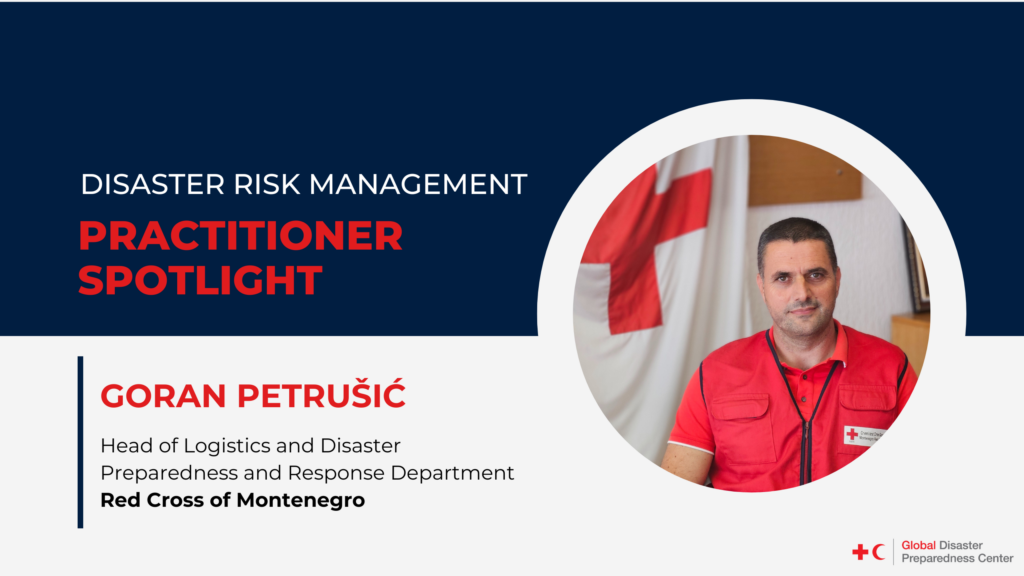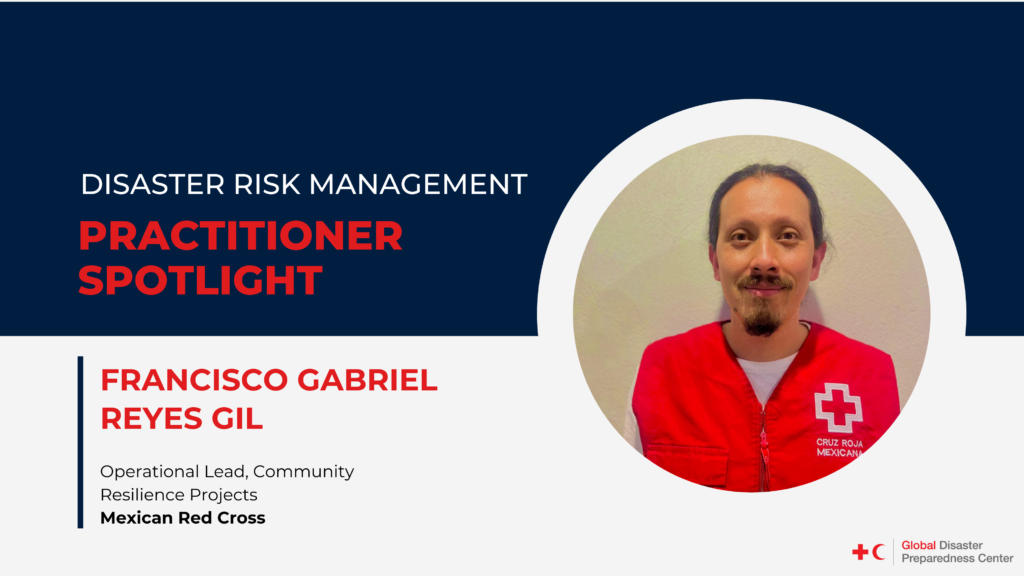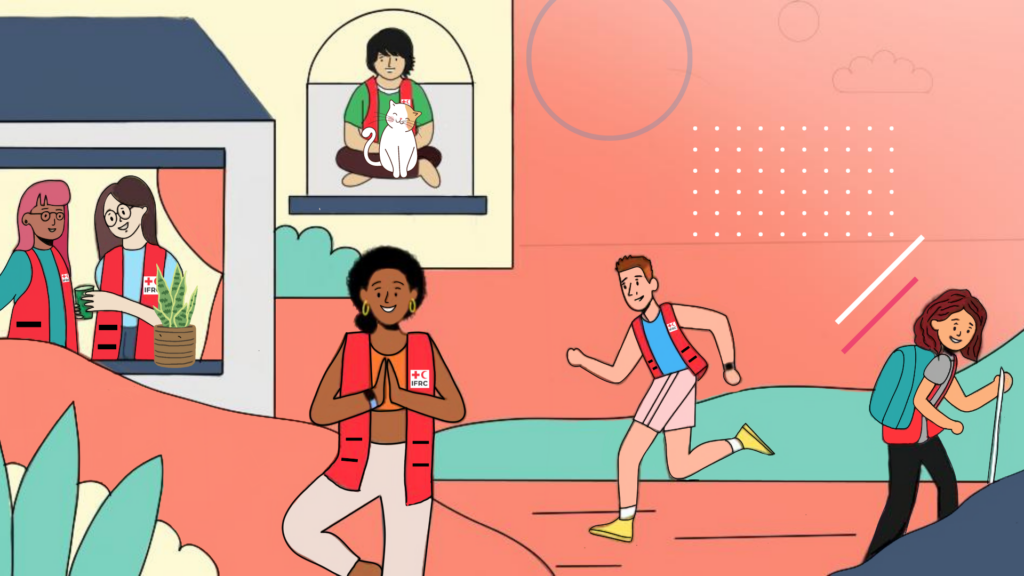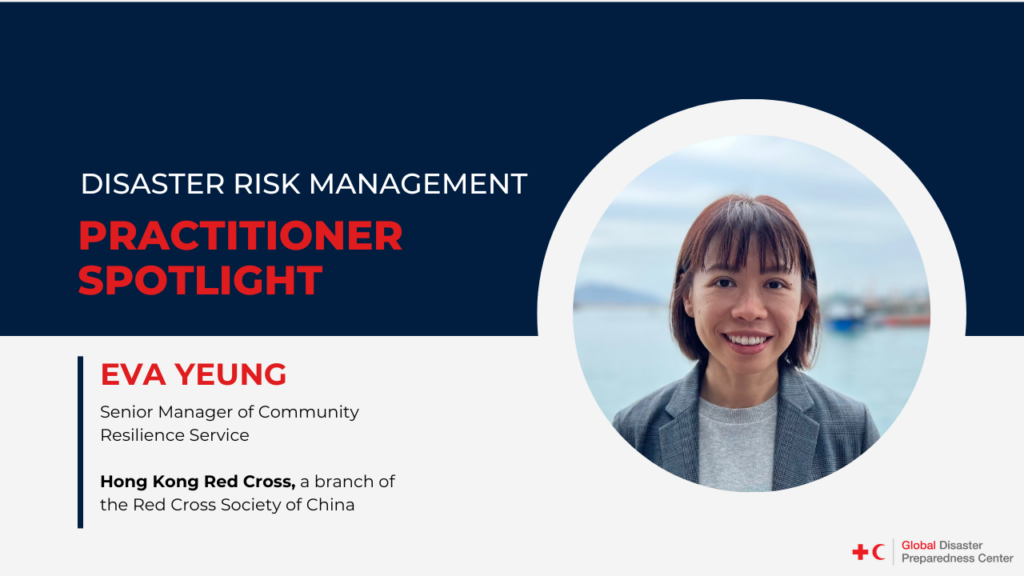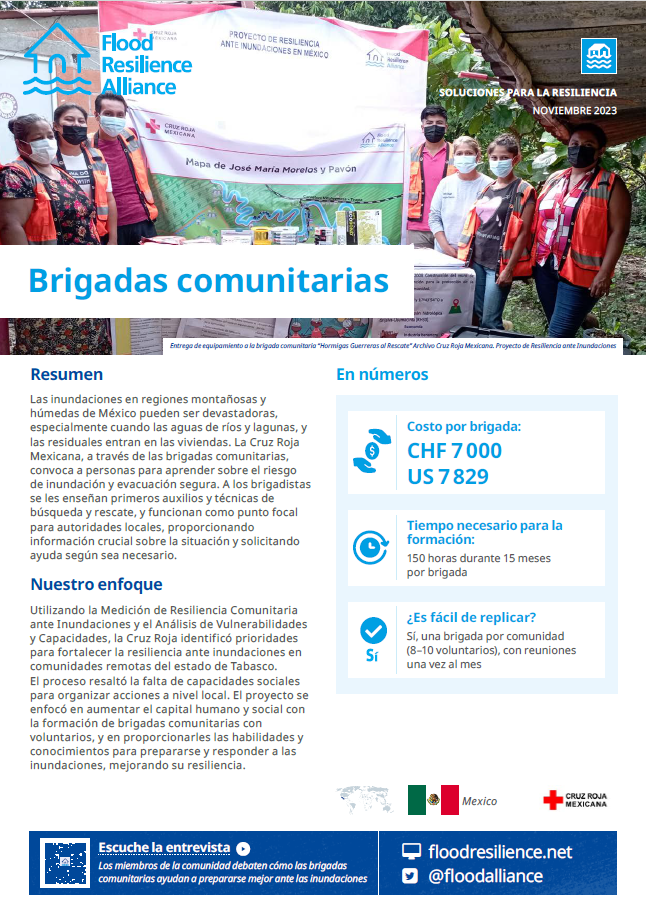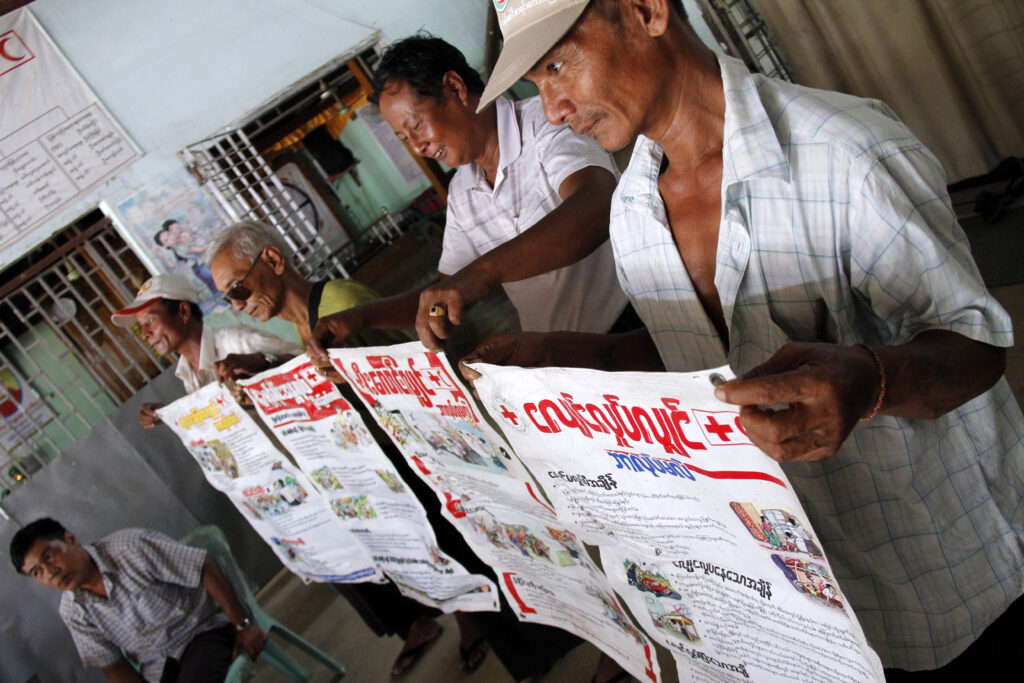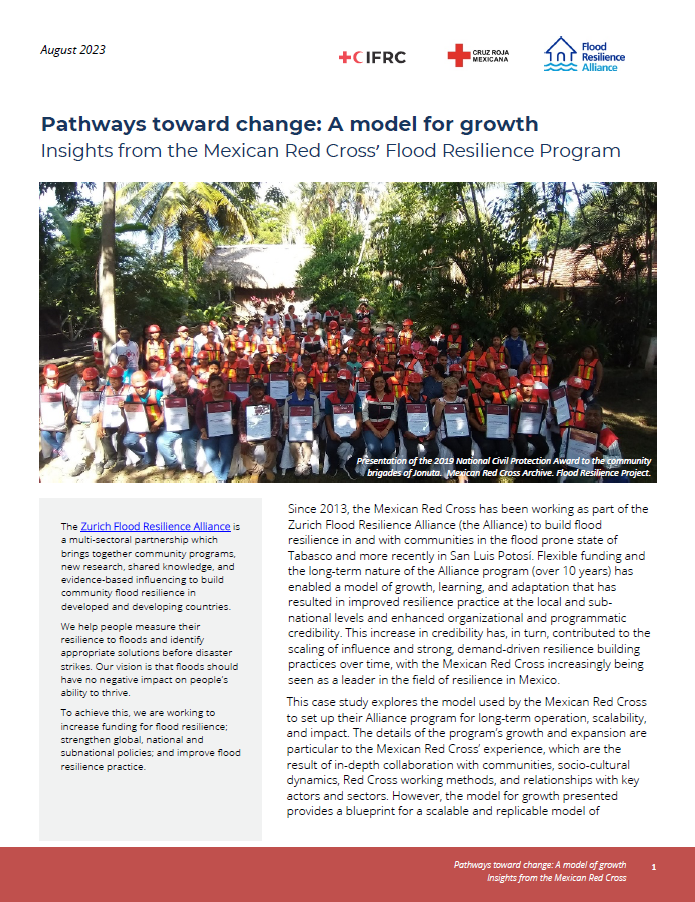Scaling Up Resilience: How Red Cross of Montenegro is Transforming Flood Preparedness
From earthquakes and floods to COVID-19 and population movements, the Red Cross of Montenegro plays a pivotal role in bolstering the nation’s capacity to address diverse humanitarian challenges. Beyond immediate crisis response, the Red Cross actively contributes to a more resilient future through its preparedness and risk reduction initiatives. Bringing over 25 years of experience […]
Scaling Up Resilience: How Red Cross of Montenegro is Transforming Flood Preparedness Read More »

